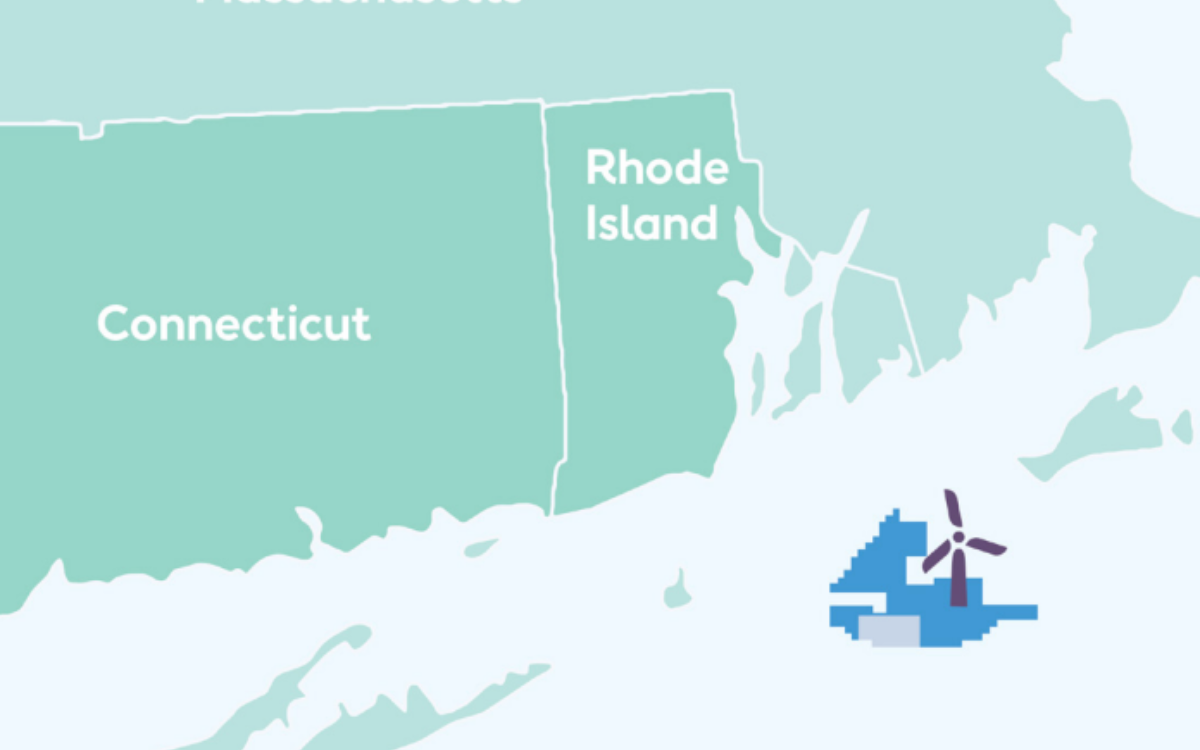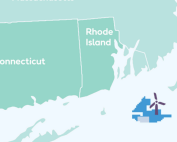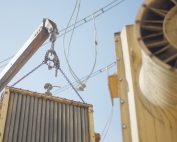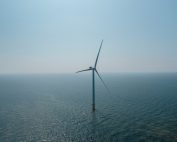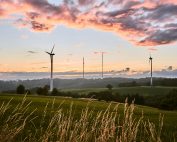According to the latest opinion polls commissioned by the Estonian Ministry of Economic Affairs and Communications, Estonians mostly support the development of offshore wind farms.
Kantar Emor experts conducted a survey among Estonian citizens about offshore wind energy. The survey included a standard sample of 1,351 individuals and 21 focus group interviews. The population survey sample consisted of permanent residents of the Republic of Estonia aged 15-84 years.
Estonian residents have an overwhelmingly positive attitude towards wind farms, and most of them are in favour of offshore wind farms.
Over 70 percent of support for offshore wind farms.
72 percent of the respondents support the creation of offshore wind farms in Estonia, while 62 percent – the development of onshore farms. Younger respondents tend to be much more supportive of wind farm expansion – 81 percent. of people aged 15-34 support offshore wind farms, and 80 percent support onshore wind farms.
The reluctance to invest in projects is mainly due to ignorance and people’s fears are mainly based on rumors. 49 percent of the respondents thouhgt that the opinion of local residents is not taken into account or is not taken into account to a sufficient extent when developing wind farms. In contrast, only 24 percent of the respondents agree that local opinion is sufficiently taken into account. The attitudes of residents are also influenced by the level of trust they have in their local authorities.
Taavi Aas, Minister of Economy and Infrastructure, indicated in a comment on the survey that the results confirm that Estonians want investments in energy production from RES. 84 percent of the surveyed people prefer or would prefer solar energy, 80 percent water, 79 percent wind , 76 percent geothermal, 53 percent biomass, 45 percent nuclear and 42 percent hydrogen.
“I am glad that the Estonian people are positive about wind farms, as it is in them that we see the greatest potential for future electricity production from RES and in contributing to security of supply”, points out Aas.
According to the Aasa minister, the process of engaging developers and communities is crucial for such large projects as offshore and onshore wind farms.
“The developer and residents need to come to an agreement. There needs to be an open discussion about all the consequences of living near a wind farm. For example, it is very helpful if the developer provides local residents with a specific, well thought out plan early on, showing the exact location of the wind farm and its impacts. Local people also need clarity on the benefits of wind farms”, the minister stressed.
If there is compensation, are only financial
The Ministry is currently working on the necessary legislative changes. Therefore, the survey asked residents which local benefit instrument made the most sense to them. The most common solution indicated that 77 percent of the respondents wnated financial compensation to local authorities, with some compensation that could be paid to residents.






